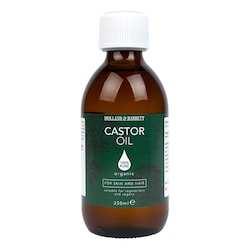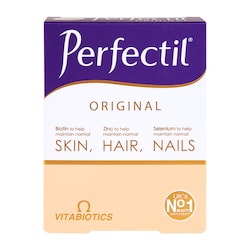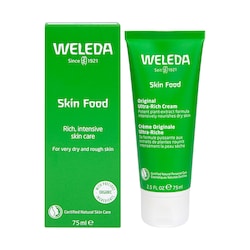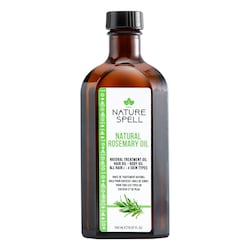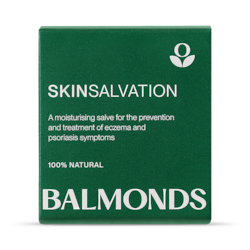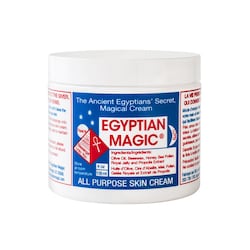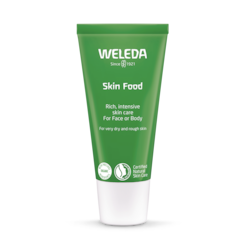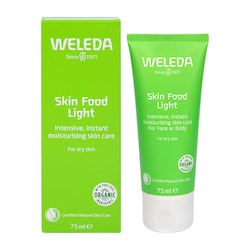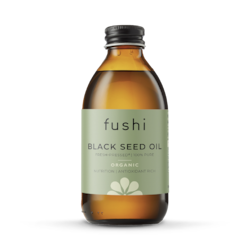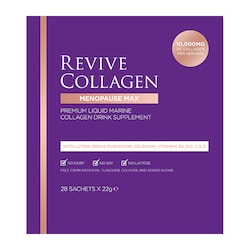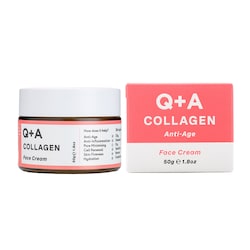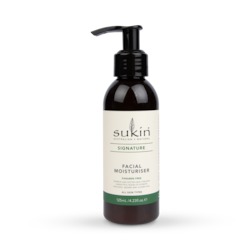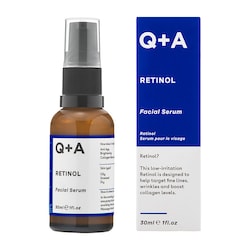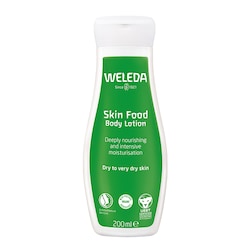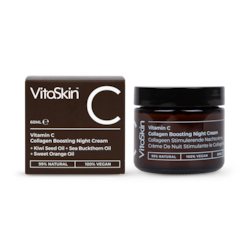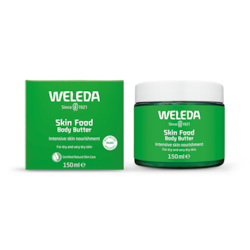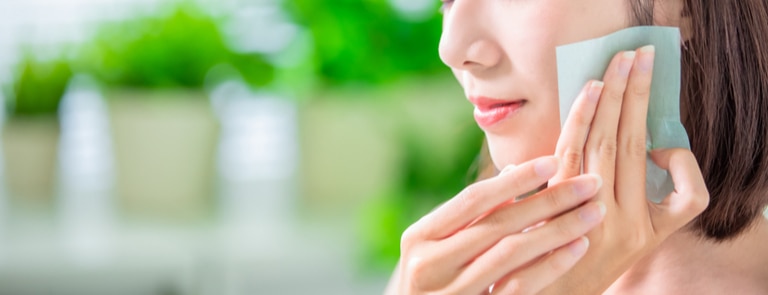15% off £30 OR 20% off £40
How to get rid of acne & spots on your legs

Summary
1What is acne?
Acne – or acne vulgaris to give it its medical name – is a condition where hair follicles on the skin become blocked, and a raised red pimple appears.
2What could leg acne be a sign of?
Less common causes for spots on the legs you should rule out include: Diabetes, Hidradenitis suppurativa, Stasis, Abscesses and Benign tumours.
3What causes acne & spots on legs?
Spots on legs could be caused by various factors – from acne, allergies or shaving.
What is acne?
Acne – or acne vulgaris to give it its medical name – is a condition where hair follicles on the skin become blocked, and a raised red pimple appears over the blocked follicle.
These hair follicles become blocked with dead skin cells, dirt and sebum (oil).
Acne is extremely common. In fact, about 95% of people aged 11 to 30 are affected by acne to some extent.1
It’s most common in teenagers. Acne can affect people of all ages, though.
Also, although the face, neck, chest and back are the most common locations for acne to appear, it can show up just about anywhere on the body. Acne on legs isn’t uncommon.
Although it’s caused by blocked follicles, leg acne isn’t related to hygiene. Genetic factors, stress and hormones are all known to be triggers.2
Bacteria and skin cells block pores from within, no matter how many times you wash your skin. In fact, washing more than twice a day can simply aggravate skin and make acne worse.
Are spots and acne the same thing?
The terms ‘spots’ and ‘acne’ are often used interchangeably.
Spots can refer to any small red circular blemish on the skin, whereas acne refers to the specific skin condition acne vulgaris – which causes spots.
How to get rid of acne & spots on legs
-
Leave them alone
Try not to scratch or touch spots you find on your legs. Usually, they’ll go away on their own given time and making some small lifestyle changes (as below).
-
Moisturise
After shaving, try moisturising the area with a lotion that’s gentle on the skin and contains soothing ingredients like aloe vera. Keeping the skin moisturised softens the skin and soothes rough patches.
You’ll discover dozens of creams, oils and lotions in our skin ailments range which are made using natural ingredients that are kind to skin.
-
Brush
Minimise ingrown hairs by exfoliating your legs with a loofah, dry brush or bath glove every day.
This will help release any hairs which have started to grow into your skin, plus it’s great for circulation.
-
Use a chemical exfoliant
This might sound a little scary, but relax!
Using a body wash or serum with ingredients like salicylic acid or glycolic acid can help lift off the dead skin cells which lurk on the surface of our skin, help clean out pores and keep the skin clear.15
-
Change your laundry detergent
Switch your current washing powder for one designed for delicate skin or babies. This reduces the risk of atopic contact dermatitis and other skin reactions.
-
Change your fabrics
Minimising tight, synthetic fabrics in favour of breathable, loose cotton on your lower half will enable the skin on your legs to breathe and help prevent sweating and friction, both which cause spots.
-
Don’t shave
To ensure you don’t irritate the area, avoid shaving until the spots have healed.
-
Shower after exercise
It might seem obvious but try to shower immediately after a workout. Sweat staying on the skin could block pores and contribute to skin issues such as spots on the back of legs.
What could leg acne be a sign of?
- Diabetes
- Hidradenitis suppurativa
- Stasis
- Abscesses
- Benign tumours
Types of acne & spots on legs

1. Keratosis pilaris

2. Pustules

3. Hives

4. Folliculitis

5. Ingrown hairs

6. Blackheads

7. Insect bites

8. Allergic contact dermatitis

9. Psoriasis

10. Scabies
Summary
- Spots on legs could be caused by various factors – from acne, allergies or shaving
- Spots and pimples on legs are usually caused by pores blocked by sweat and dirt
- Raised or rash-like marks on the legs could be down to an allergy
What causes acne & spots on legs?
-
Shaving or razor burn
The culprit of the sore, red bumps on your legs could be your shaving routine. Tiny black spots on legs (or ‘strawberry legs’) are caused by shaving.
Also known as razor burn, a shaving rash typically happens immediately after you’ve shaved or when the hairs start to grow back. Tell-tale signs of razor burn include an itchy, inflamed top layer of skin and red bumps which look like small pimples which have no pus-filled ‘head’.
Razor burn is common on both the legs and bikini line.
-
Sweating
Perspiration (sweating) can cause acne-like spots on the legs. This is because sweat which isn’t washed away promptly causes pores to become blocked.
Pimples caused by sweating usually appear on the thighs and buttock area.
-
Heat
Heat rash, also known as prickly heat, is where sweat glands become blocked with sweat which can no longer evaporate, can cause a rash in the form of clusters of small red spots on the legs.11 A damp cloth, calamine lotion or anti-histamine tablets are all possible heat rash remedies.
-
Tight clothes
Form-fitting clothing such as tights, leggings, skinny jeans and even tall boots can lead to spots on the legs, thanks to the friction. The term for these types of spots are acne mechanica, which can be caused by pressure, friction, rubbing, squeezing, or stretching.12
-
Skin-on-skin chafing
Much like with friction caused by clothing, chafing of the skin – for example the inner thighs – can cause spots to form.13
-
Laundry detergent
The chemicals in many common laundry powders and gels can cause spots or allergic contact dermatitis rashes. Irritated skin and spots on the groin or bikini line are commonly caused by using a detergent too harsh for your skin.
-
Food allergy
A food allergy or intolerance could cause redness, itching and swelling in patches on the skin, including the legs. Dairy, nuts, soy and wheat are common culprits.14
Handpicked content: Could you have a food allergy?
- https://www.nhs.uk/conditions/acne
- https://www.ncbi.nlm.nih.gov/pmc/articles/PMC2585707/
- www.nhs.uk/conditions/keratosis-pilaris/
- www.pcds.org.uk/quick-guide/pustules
- www.nhs.uk/conditions/hives/
- www.mymed.com/diseases-conditions/folliculitis
- www.advantagepestcontrol.co.uk/pest-control/mosquitos-in-winter-more-likely-a-winter-gnat/
- www.nhs.uk/conditions/contact-dermatitis/
- www.nhs.uk/conditions/psoriasis/
- www.nhs.uk/conditions/scabies/
- www.nhs.uk/conditions/heat-rash-prickly-heat/
- pubmed.ncbi.nlm.nih.gov/123732/
- www.dermatologytimes.com/view/acne-mechanica-caused-skin-skin-friction
- www.nhs.uk/conditions/food-allergy/symptoms/
- onlinelibrary.wiley.com/doi/abs/10.1111/jocd.13387
- www.medicinenet.com/leg_sores/symptoms.htm



